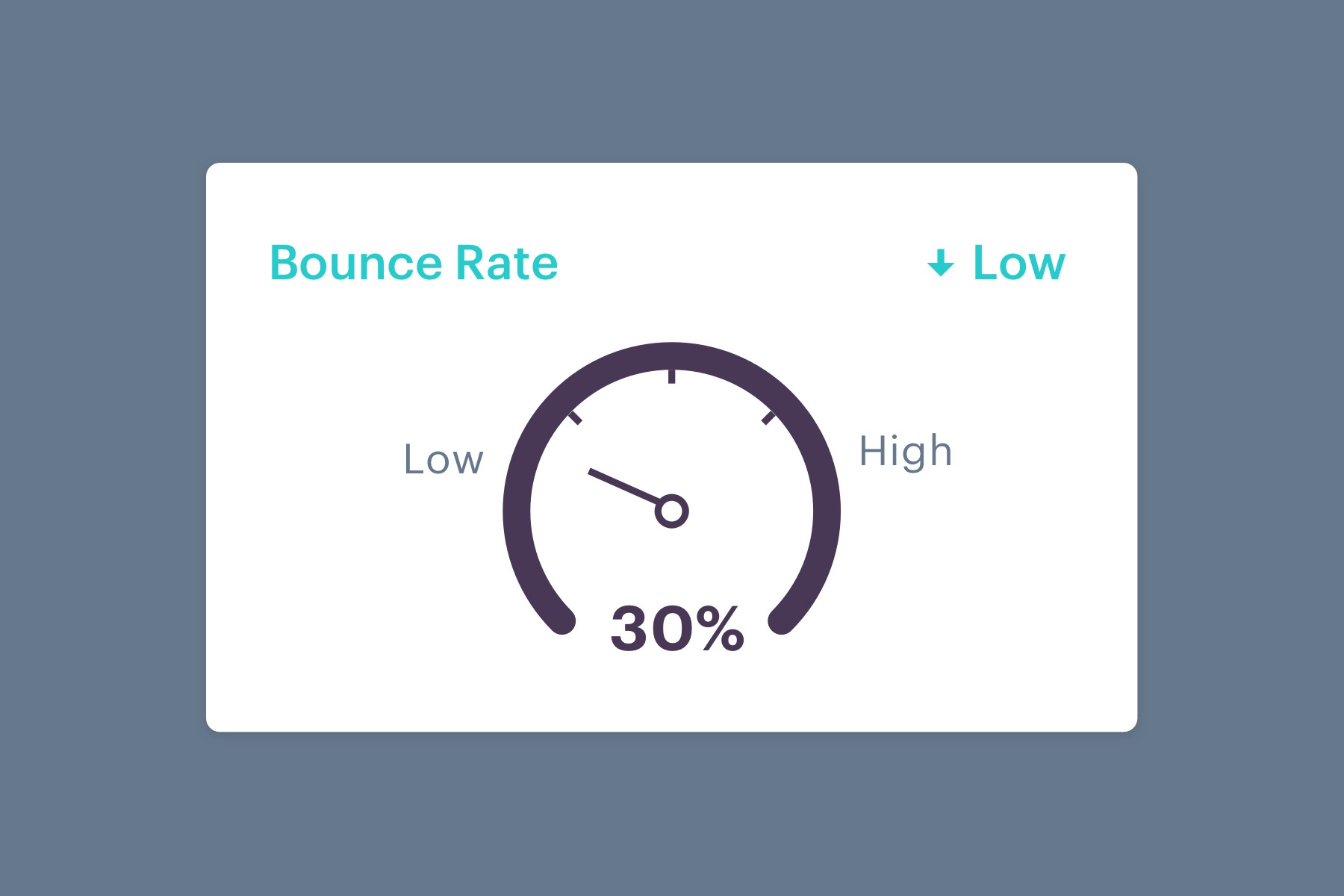Chapter 7
Email Performance Metrics

Understanding the meaning of key email performance metrics will empower you to optimize your email marketing. Looking at metrics, trends, and correlations will help you understand what your contacts are most interested in and what is 'working' and what is 'not working'.
Here is a breakdown of the key email performance metrics you should know:
Open Rate
- Definition: The email open rate is an indication of how many people open your email.
- Calculation: (Number of email messages opened ÷ Number of email messages sent, excluding those that bounced)* 100
- Example: 2400 total opens ÷ 10,000 delivered emails * 100 = 24% open rate
In most cases, open rates are one of the easiest email metrics to improve upon, though it may take time and effort to do so. Low open rates can be caused by poor subject lines, poor selection of date and time send, over-sending, and bad email lists.
Click Rate
- Definition: The percentage of email recipients who clicked on one or more links contained in a given email.
- Calculation: (Total clicks ÷ Number of delivered emails) * 100
- Example: 500 total clicks ÷ 10,000 delivered emails * 100 = 5% click rate
Click rate is a very important metric to track, as it gives you direct insight into how many people on your list are engaging with your content and interested in learning more about your brand or your offer.
Conversion Rate
- Definition: The percentage of email recipients who clicked on a link within an email and completed a desired action, such as purchasing a product.
- Calculation: (Number of people who completed the desired action ÷ Number of total emails delivered) * 100
- Example: 200 people who completed the desired action ÷ 10,000 total email delivered * 100 = 2% conversion rate
After an email recipient has clicked through on your email, the next goal is typically get them to convert to a desired action. In many instances, the conversion goal is purchase-related, so it’s important to monitor the number of orders generated by your email campaign so you understand how well your email campaign performed.
Bounce Rate
- Definition: The percentage of your total emails sent that could not be delivered to the recipient's inbox.
- Calculation: (Total number of bounced emails ÷ Number of emails sent) * 100
- Example: 75 bounced emails ÷ 10,000 total emails sent * 100 = 0.75% bounce rate
There are two kinds of bounces to track: 'hard' bounces and 'soft' bounces. Soft bounces are the result of a temporary problem with a valid email address, such as a full inbox or a problem with the recipient’s server. The recipient’s server may hold these emails for delivery once the problem clears up, or you may try re-sending your email message to soft bounces.
Hard bounces are the result of an invalid, closed, or non-existent email address, and these emails will never be successfully delivered. You should immediately remove hard bounce addresses from your email list, because ISPs use bounce rates as one of the key factors to determine an email sender’s reputation. Too many hard bounces can make your company look like a spammer in the eyes of an ISP.
List Growth Rate
- Definition: The net growth rate of your email list.
- Calculation: ([(Number of new subscribers) minus (Number of unsubscribes + email/spam complaints)] ÷ Total number of email addresses on your list]) * 100
- Example: (500 new subscribers - 100 unsubscribes and email/spam complaints) ÷ 10,000 email addresses on the list * 100 = 4% list growth rate
Aside from email performance, you should also be monitoring the growth of your email list to ensure that you are growing your list to extend your reach and expand your audience. Believe it or not, there's a natural decay of your email marketing list, and on average your list expires by about 22.5% every year -- which means that it's more important than ever to pay attention to growing your subscriber list and keeping it at a healthy size.
Unsubscribe Rate
- Definition: Unsubscribe rate is the percentage of recipients that unsubscribed from receiving your emails. This includes recipients that click the normal unsubscribe link in the email footer as well as those who unsubscribe via the list-unsub functionality in the inbox.
- Calculation: Unsubscribe number ÷ Total emails delivered x 100
- Example: 20 unsubscribes ÷ 10,000 total emails sent * 100 = 0.2% unsubscribe rate
It's important to note that the unsubscribe rate may not be a reliable snapshot of the health of your email list. Many subscribers who are tired of receiving email messages from your brand won’t bother to go through the formal unsubscribe process. They’ll just stop opening, reading, and clicking on your email messages. So it's best to look at all email metrics holistically to understand how users are engaging with your emails.
Overall ROI
- Definition: The overall return on investment for your email campaigns. In other words, total revenue divided by total spend.
- Calculation: [($ in additional sales made minus $ invested in the campaign) ÷ $ invested in the campaign] * 100
- Example: ($1,000 in additional sales - $100 invested in the campaign / $100 invested in the campaign) * 100 = a 900% return on investment for the campaign
As with every marketing channel, you should be able to determine the overall ROI of your email marketing. Even with the explosion of new digital marketing options, marketers keep coming back to email because email is the highest ROI generating channel for marketers, specifically, for every $1 spent on email marketing, $38 in ROI is generated (Campaign Monitor).